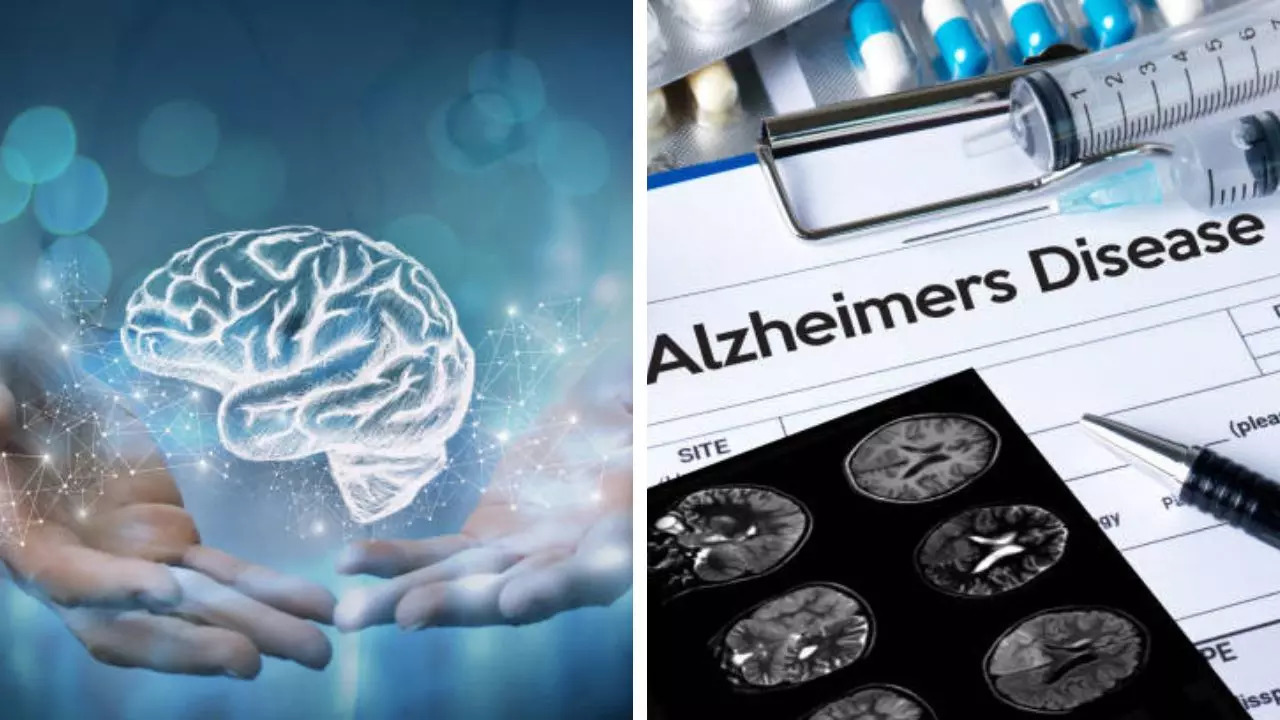Scientists say your brain is super active while you sleep, and that’s when it does a deep clean.
Special images have helped scientists take a look inside the human brain to learn how it eliminates waste that builds up and causes neurodegenerative diseases such as Alzheimer’s. According to researchers at Oregon Health and Science University, brain cells use nutrients, which means they produce a lot of waste, especially when you sleep.
Scientists say they have discovered a network of tiny waste disposal channels in the brains of living people. “I was skeptical,” said Dr. Juan Piantino of Oregon Health and Sciences University, whose team reported the findings in the journal Proceedings of the National Academy of Sciences. “We needed this article to say that this happens in humans too,” he added.
How does the brain clean up its garbage?
Researchers, contrary to what was previously believed, say that the brain is super active while you sleep, and that is when it does its deep cleaning. According to studies, people who are unregulated and don’t get a good night’s sleep have massive effects on their thinking and memory.
Additionally, chronic lack of sleep is considered a huge risk factor for dementia, an umbrella term for a variety of symptoms that affect a person’s cognitive abilities, such as thinking, remembering, and reasoning. It can interfere with a person’s daily life and activities and its severity can range from mild to severe.
About ten years ago, researchers found a network they called the glymphatic system, in which cerebrospinal fluid uses channels surrounding blood vessels to penetrate deep into tissue and move waste out of the brain. So when the studies were done on mice, they were injected with a major Alzheimer’s culprit called beta-amyloid (a protein) and it disappeared faster when the animals slept.
However, the same was difficult to find in humans and regular MRI scans could detect some of those fluid-filled channels. But these could not show the function.
So now, the Oregon team injected a tracer into five patients who were undergoing brain surgery and needed a more advanced form of MRI. The tracer “lighted up” under those scans and sure enough, after at least two days, the tracer, which was not moving randomly through the brain, began to progress through those channels just like the previous study found in mice.
How will the study help human brain function?
Researchers say that although this is a small study, it is expected to increase interest in how brain waste removal relates to people’s health. However, since sleep is an important part of good health, “I have to be able to measure lymphatic function in people,” said Dr. Jeff Iliff of the University of Washington, who helped pioneer research on waste disposal.
Dr. Iliff said sleep is not the only issue, as many animal studies have shown that an old blood pressure medication, now used to treat post-traumatic stress disorder, can help improve lymphatic function. , and Iliff and his colleague, Dr. Elaine Peskind, are about to study it in certain cases. patients.
Larger studies are needed in healthy people, and Piantino, whose lab focuses on sleep health, wants to find a simpler, non-invasive test. “We can’t study all these questions by injecting people,” he said.
For now, it’s unclear how that network works, although some research has shown that the pulse of blood vessels helps move waste-cleaning fluid to where it needs to go.
Disclaimer:
The information contained in this post is for general information purposes only. We make no representations or warranties of any kind, express or implied, about the completeness, accuracy, reliability, suitability or availability with respect to the website or the information, products, services, or related graphics contained on the post for any purpose.
We respect the intellectual property rights of content creators. If you are the owner of any material featured on our website and have concerns about its use, please contact us. We are committed to addressing any copyright issues promptly and will remove any material within 2 days of receiving a request from the rightful owner.

